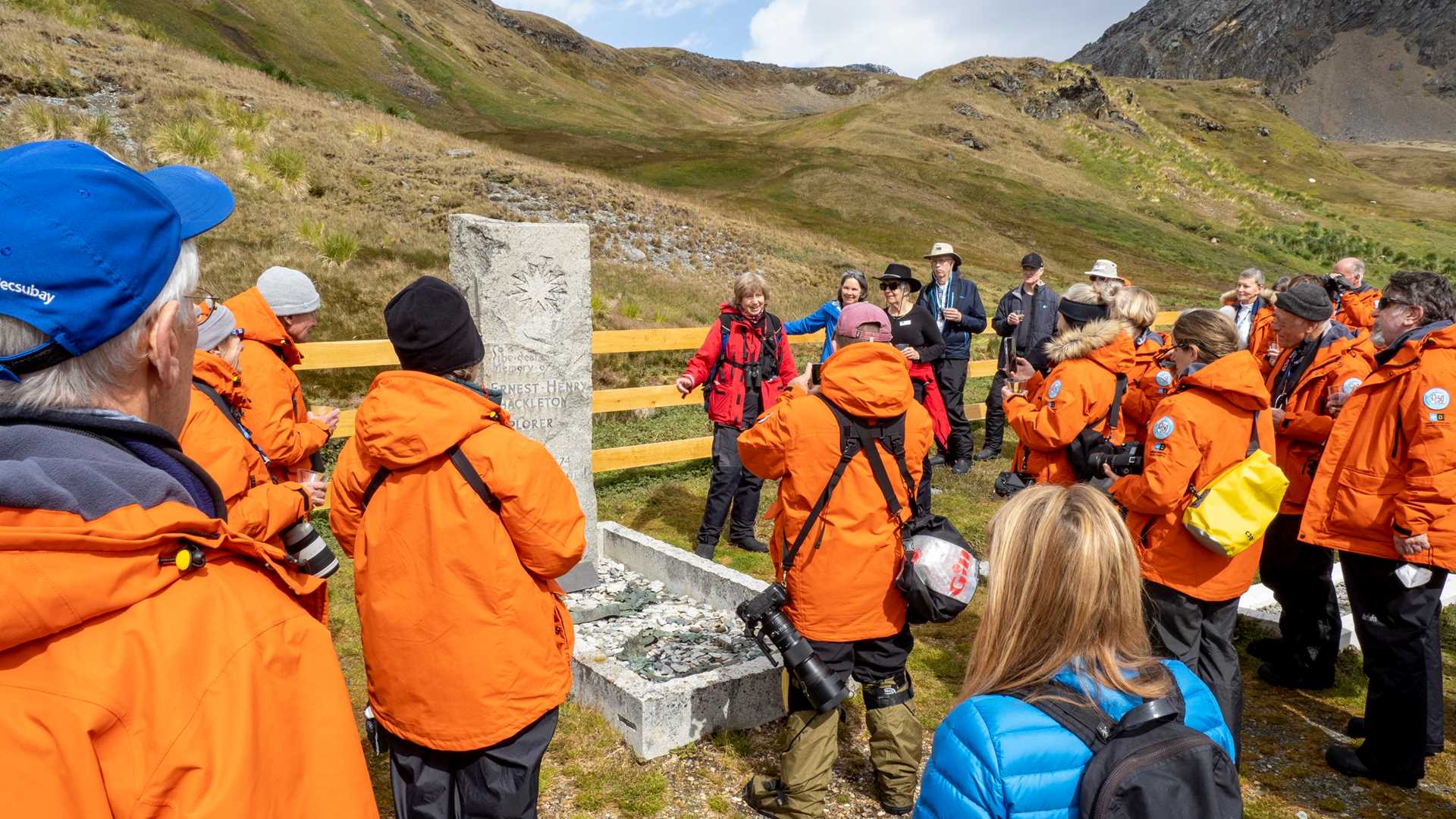Grytviken is the historic site where whaling began in the Southern Ocean in 1904. Situated in East Cumberland Bay, it was the perfect place for a station with protection from wind, plenty of fresh water and literally hundreds of whales in the bay. We went ashore this morning to get a glimpse into the lives of the men who hunted and processed whales. On a lighter note, the antics of local wildlife brightened our somber moods.
This afternoon we visited Salisbury Plain, the second largest king penguin colony on South Georgia. Literally hundreds of thousands of king penguins were present, each trying to produce a single chick and rear it to fledging. The cacophony of calls is as audibly overwhelming as is the sight (and smell) of so many penguins. Incredible!







